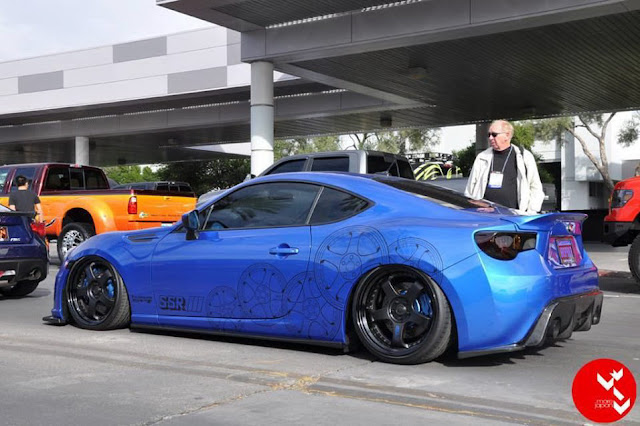3. Smaller trucks that don’t suck
For the longest time the attitude toward trucks was “buy American, and make sure it’s the size of a small locomotive.” But then, in the 1970s and into the 1980s there was a sudden divergence from this motto, as many Americans realized they didn’t need four-wheel-drive, a ridiculous amount of towing capacity, or a bed with the square footage of a football field. So we began to buy trucks like the Datsun 620, and the Toyota Hilux 1-Ton as they offered us the utilitarianism we needed without all the unwanted weight and unwieldiness. As Japanese trucks from Toyota and Nissan grew in popularity so did their overall proportions, with modern versions of the Tacoma being about double the size of its ancestors.
For the longest time there was this stigma that if you wanted to have a seductive sports car that was designed to leverage the ladies, you had to buy a Porsche or a Ferrari. But somewhere along the way the Japanese pulled a fast-one on us and slipped in a few iconic creations like the 2000GT by Toyota, along with the fun little Honda S600. These were shortly followed by a long line of Datsuns and Nissans that all carried a “Fairlady Z” badge, along with the extended popularity of Toyota’s Supra. By the early 1990s America was buying everything from Mazda’s RX-7 to Mitsubishi’s twin-turbocharged 3000GT VR4. We also adored Acura’s game-changing NSX for the better part of a decade and a half, and more recently Americans have been driving the hell out of Nissan’s Godzilla-like GT-R and Subaru’s budget-friendly coupe, the BRZ.
Honda may have started the fad with its Insight back in 1999, but Toyota was the one to capitalize upon it with the Prius. Now it seems like everyone and their mother offers a hybrid, with more and more Americans demanding an increase in efficiency for the money. Recent developments pertaining to hydrogen power in Toyota’s Mirai and electric plug-in vehicles from companies like Nissan with their Leaf have slowly but surely gathering momentum.
source : myautocars






